- 路 Microwave
- 路 Atmospheric Pressure Microwave 路 Pressure Microwave 路 Parallel Microwave
- 路 Ultrasonic 路Low Temperature Ultrasound
- 路 Ultraviolet Light
- 路 Microwave Heating 路 Atmospheric Pressure Synthesis 路 Atmospheric Pressure Catalysis 路 Atmospheric Pressure Extraction
- 路 Sample Preparation 路 Microwave Digestion
- 路 Soil Digestion 路 High Pressure Synthesis
- 路 Solid Phase Synthesis
- 路 Organic Synthesis
- 路 Ionic Liquid Synthesis
- 路 Degradation Of Natural Organic Matter
- 路 Natural Product Extraction / Purification
河北祥鹄科学仪器有限公司
192 Microwave-assisted synthesis of high performance copper-based catalysts for hydrogen production from methanol decomposition
This paper, written by researchers from Sichuan University and others, discusses Microwave-assisted synthesis of high performance copper-based catalysts for hydrogen production from methanol decomposition. The paper is published in an important journal < International Journal of Hydrogen Energy >.IF:4.229。
In recent years, the research work of microwave chemical instrument used in the synthesis of materials has become a hot direction of scientific research, which has been paid great attention to by many scholars!
High performance copper-based catalysts (CuNiZnO/g-Al2O3) for hydrogen production from methanol decomposition were successfully synthesized by the method of microwave-assisted thermal hydrolysis of urea. The ICP-OES, N2 adsorptionedesorption, SEM, TEM, XRD and H2-TPR were applied to characterize the physicochemical properties of the prepared materials. These experiment results reveal that the higher thermal treatment temperature can improve the catalytic performance by enlarging the content of promoters (Zn and Ni) and promoting the dispersion of deposited particles. Moreover, the addition of Ni can significantly improve the catalytic performance of the copper-based catalysts, which is ascribed to the regulation of reaction process and inhibition of CueZn alloy. Among the obtained catalysts, the MW-Cu/Ni-95 developed at 95 _C exhibits a higher catalytic activity, which reaches 91.7% conversion at 250 _C. Most significantly, it shows the excellent catalytic performance as compared with the commercial catalyst under the same test conditions.

Fig.1/4↑

Fig.2/4↑

Fig.3/4↑

Fig.4/4↑
The copper-based catalysts (CuNiZnO/g-Al2O3) for hydrogen production from methanol decomposition have been successfully developed by the method of microwave-assisted thermal hydrolysis of urea. The characterization results indicate that the well-identified correlation exists between the catalytic performances of the catalysts and microwave heating temperature; the higher thermal treatment temperature will lead to higher catalytic performance, which is ascribed to the content increase of promoters and the dispersion improvement of deposited oxides. Meanwhile, the results of the control experiment reveal that the addition of Ni can enhance the activity, selectivity and stability of the copperbased catalysts in methanol decomposition, which is attributed to the generation of Cut that could change the process of the reaction and restrain the formation of CueZn alloy. After the catalytic measurement, the optimized catalyst, MW-Cu/ Ni-95, shows excellent catalytic activity and stability as compared with most catalysts reported in the literature. Furthermore, it also exhibits better catalytic performance than the commercial catalyst at the same test conditions, which suggests that the catalysts obtained by our strategy possesses a promising commercial value for hydrogen production from methanol decomposition.
Synthesis of the catalysts: 10 ml Cu2t/Zn2t mixture solution, 40 ml deionized water, 0.001 mol Ni(NO3)2$6H2O, 0.42 mol urea and 0.006 mol g-Al2O3 powder support were added to a 250 ml three-necked flask and were stirred vigorously. Next, the flask was placed in an ultrasound device and sonicated for 0.5 h at a power output of 100 W. Then, the flask was put into the microwave oven (XH-MC-1, Xianghu Co., Beijing) to be heated. The heating temperature was 80 _C (85 _C, 90 _C or 95 _C) at a power output of 500 W for 2.0 h. Next, the suspension was poured into a 500 ml beaker and aged at 35 _C for 20 h. After that, the suspension was filtered, washed three times with deionized water and then dried at 100 _C for 20 h. Afterwards, the precursor was calcined at 350 _C for 5 h in static air. Finally, the sample was compressed and then shredded to obtain 20e40 mesh particles. The four samples were denoted as MW-Cu/Ni-80, MW-Cu/Ni-85, MW-Cu/Ni-90 and MW-Cu/Ni-95, respectively. Sample MW-Cu-95 was prepared following the same procedure of the sample MW-Cu/Ni- 95 without the addition of Ni (NO3)2$6H2O. The commercial catalyst (CM) for methanol decomposition, purchased from Alibaba (Lanzhou zhongke kaidi chemical new technology Co., LTD, China), was shredded to obtain 20e40 mesh particles.








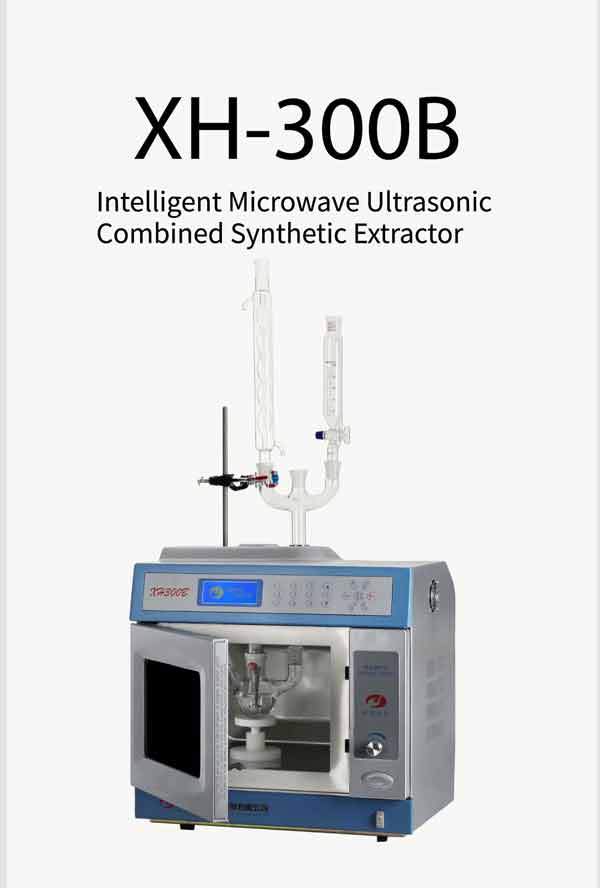

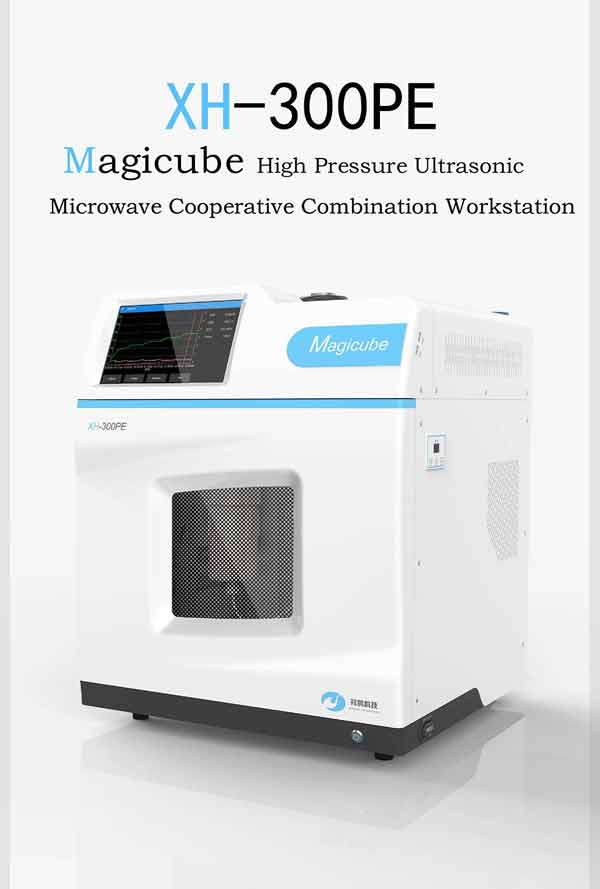
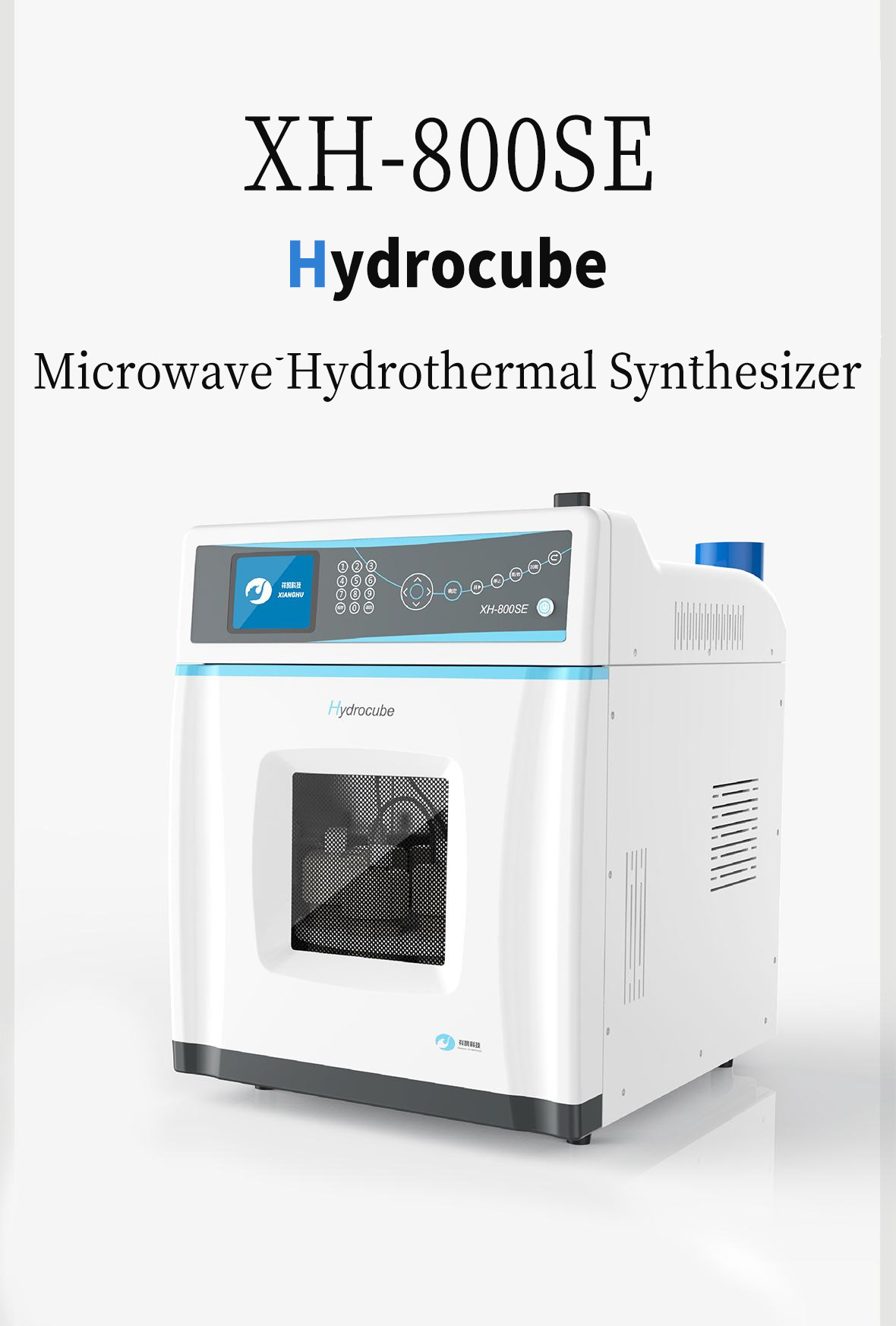
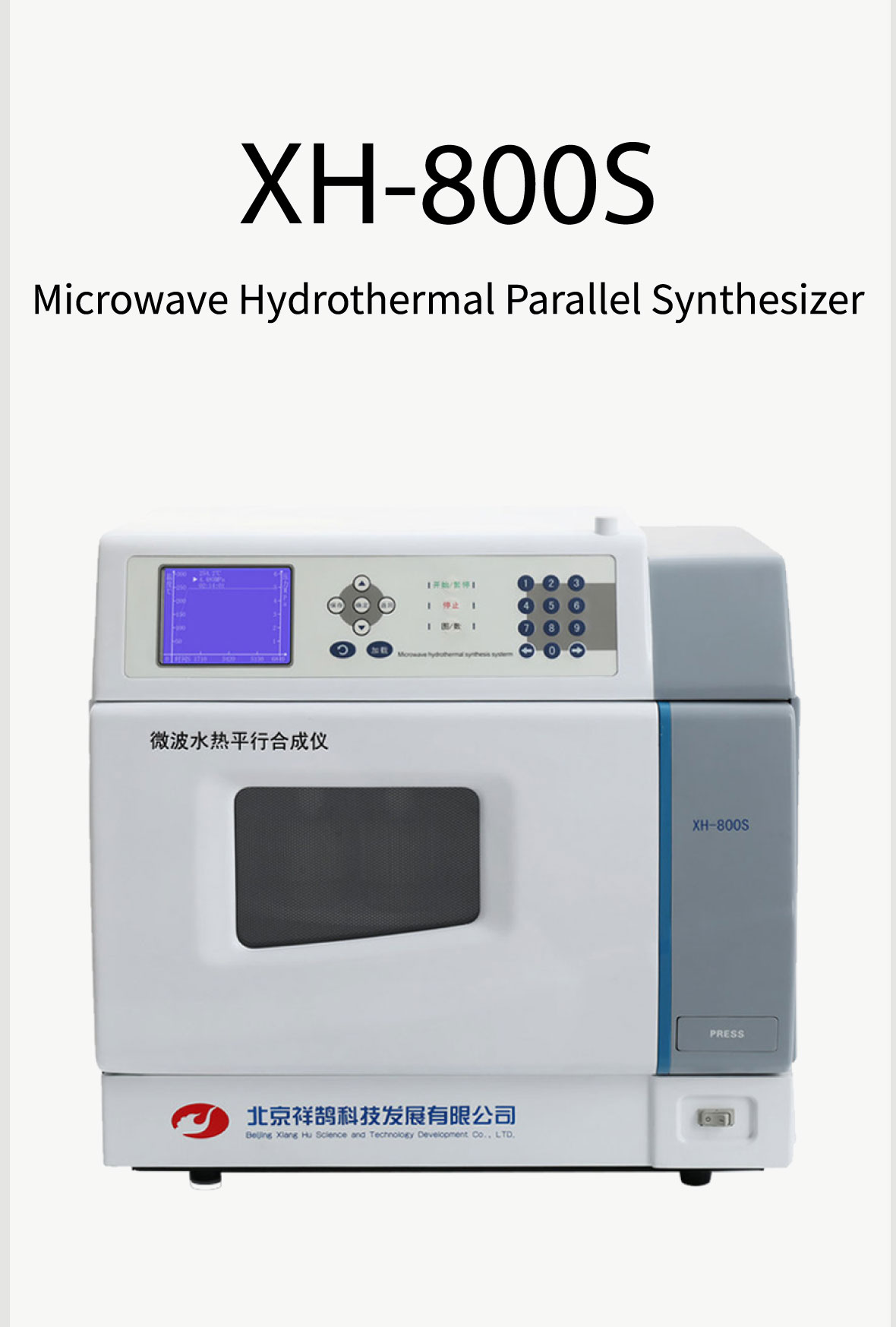
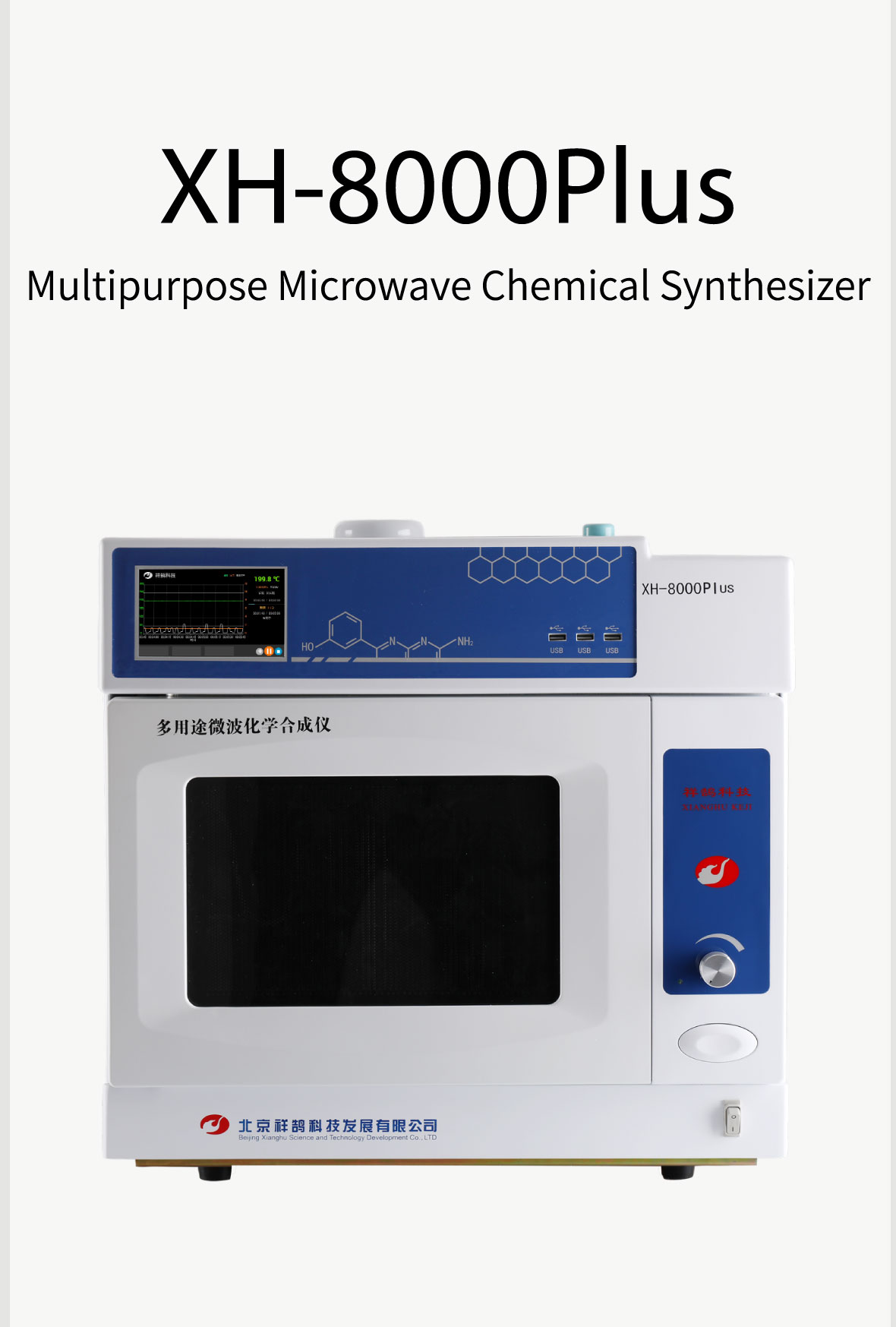
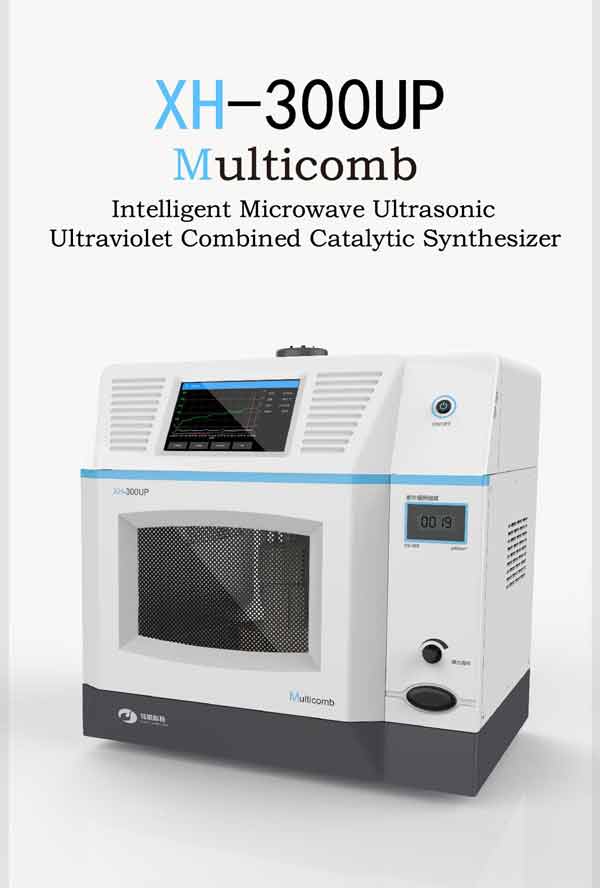
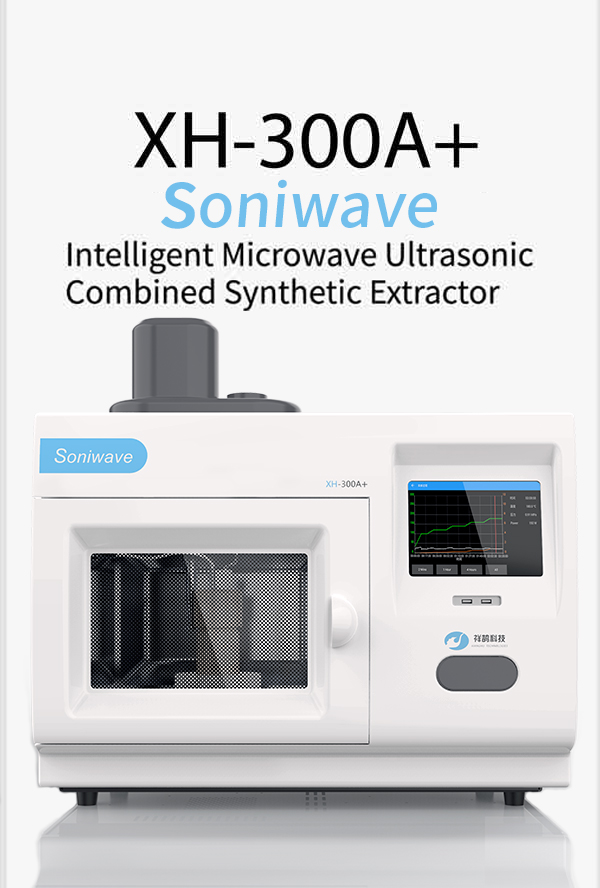

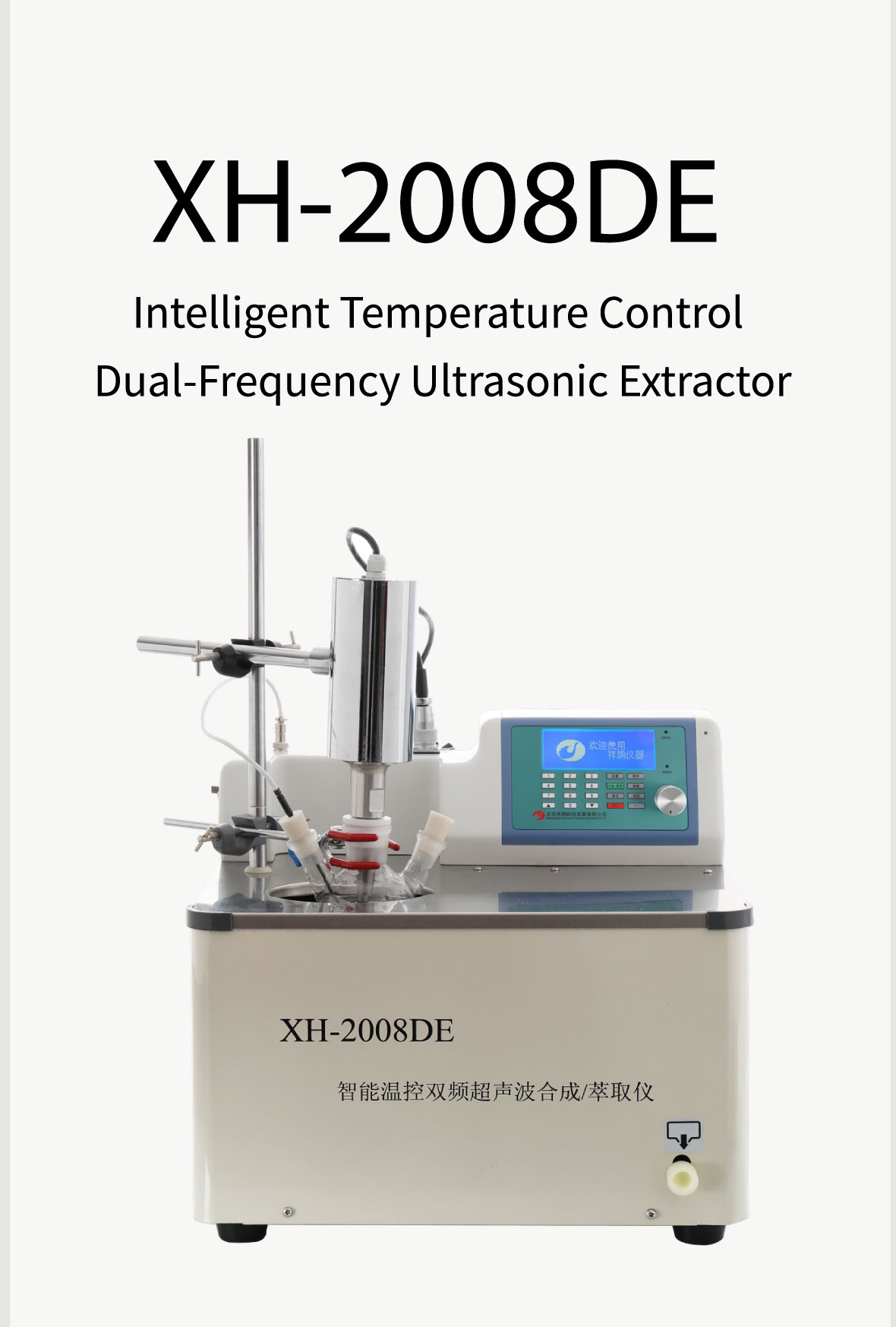



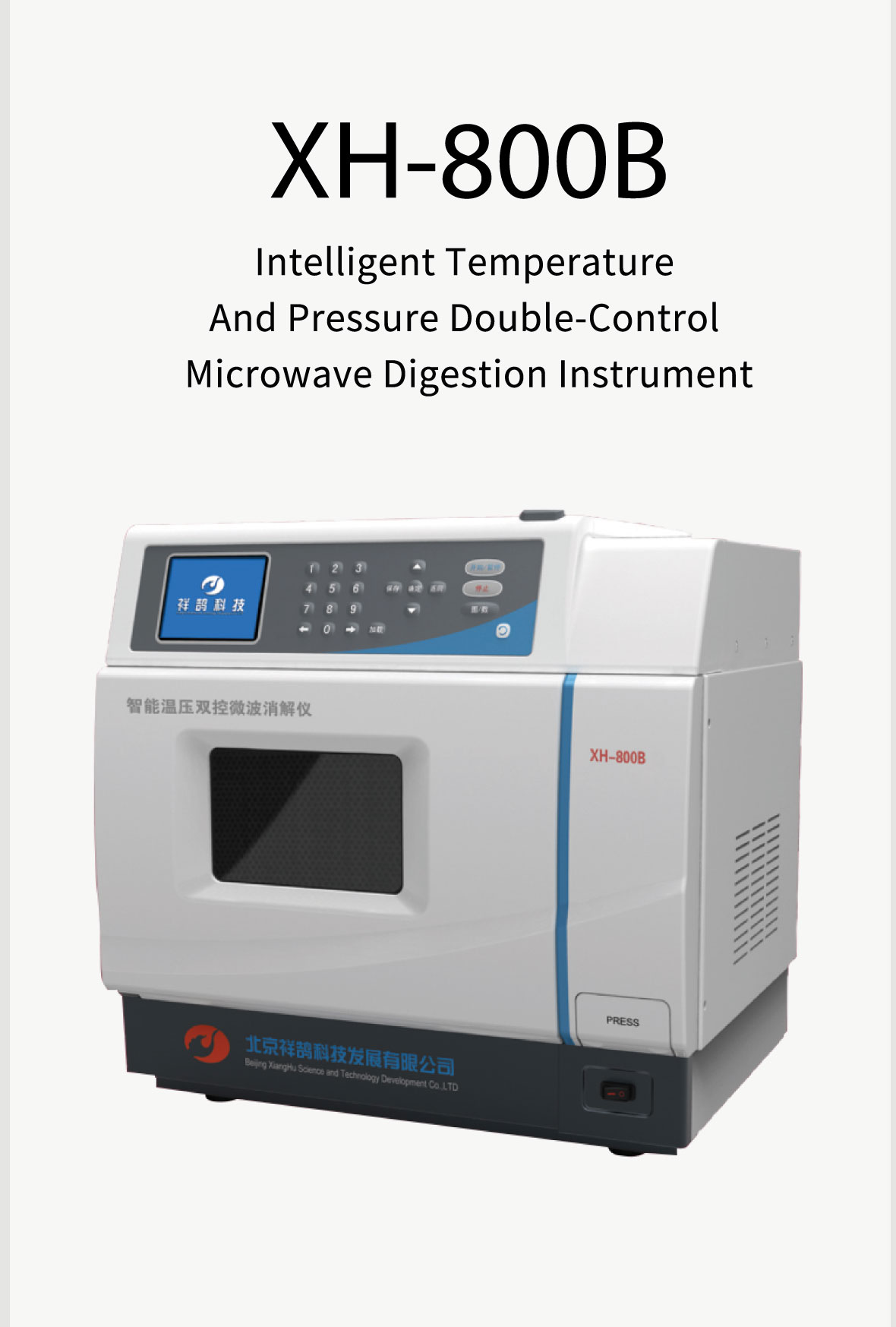

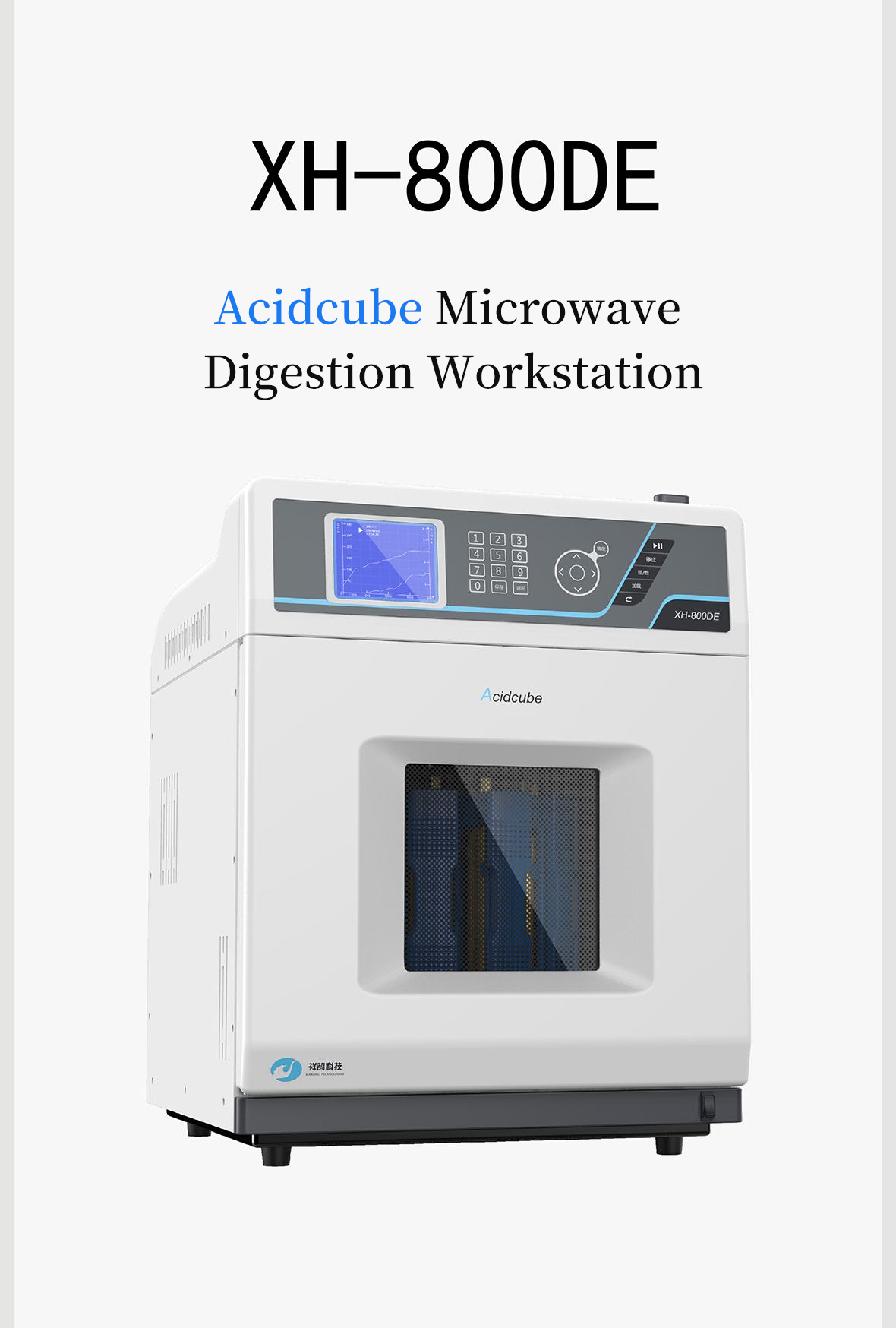

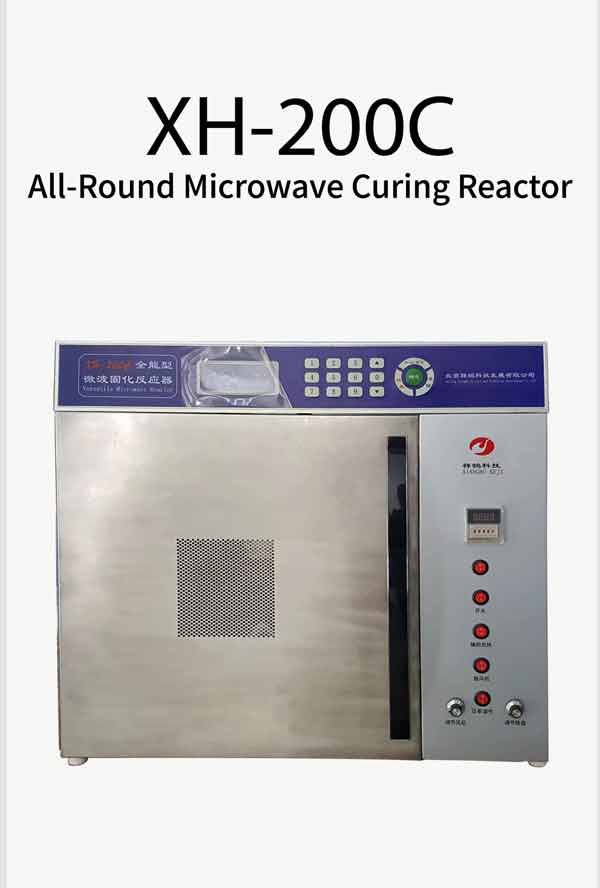
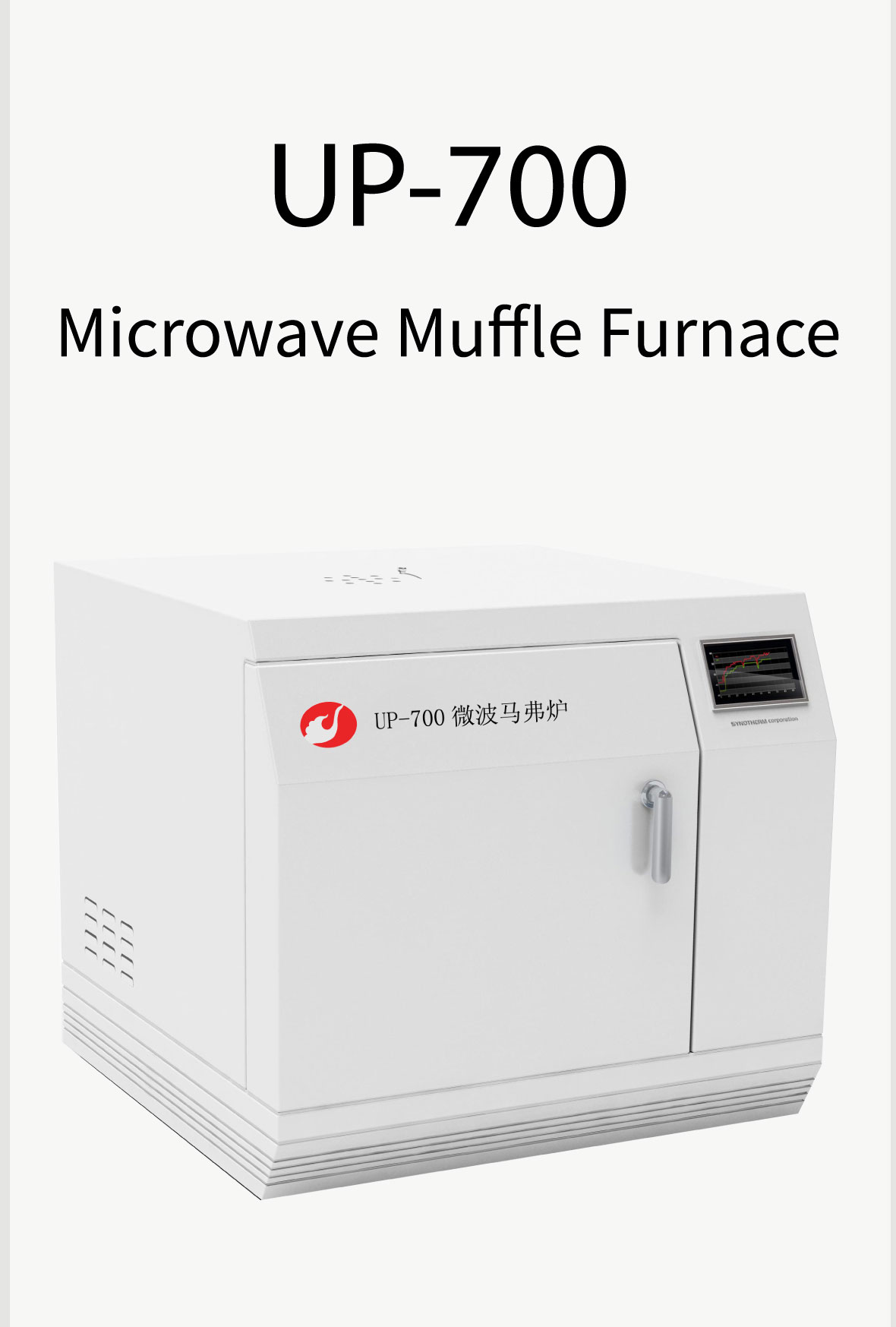

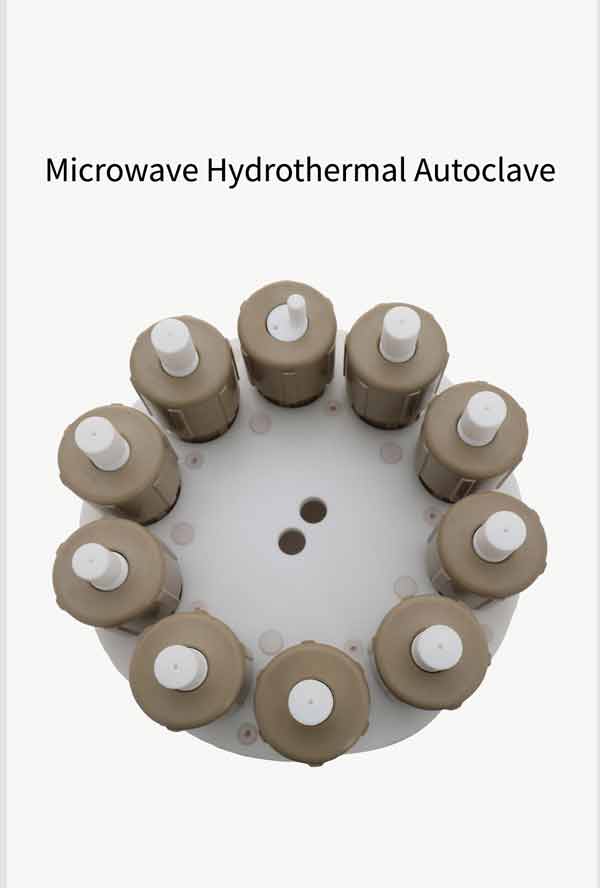




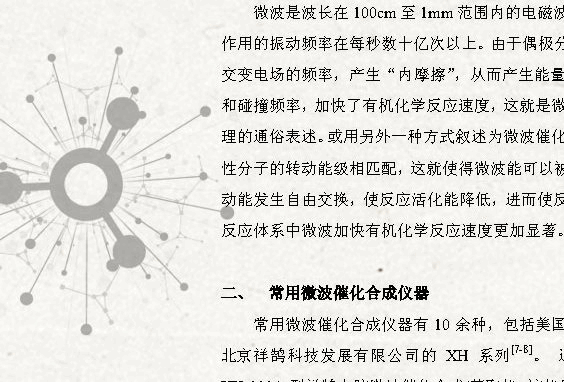

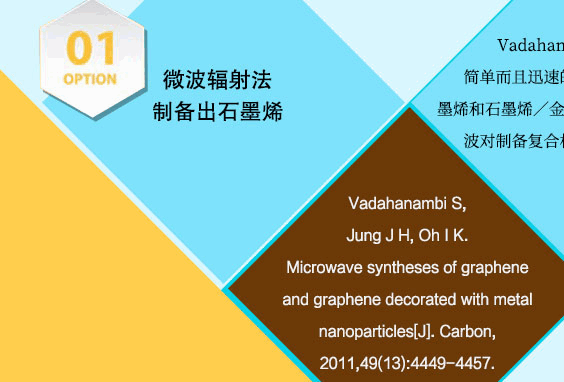



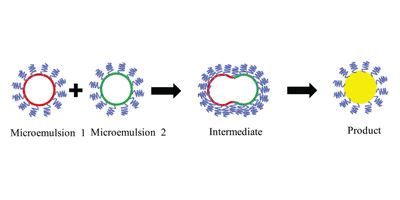
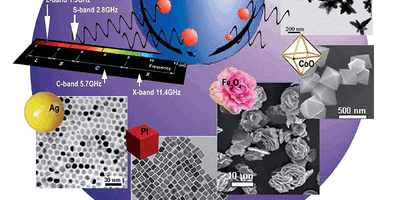
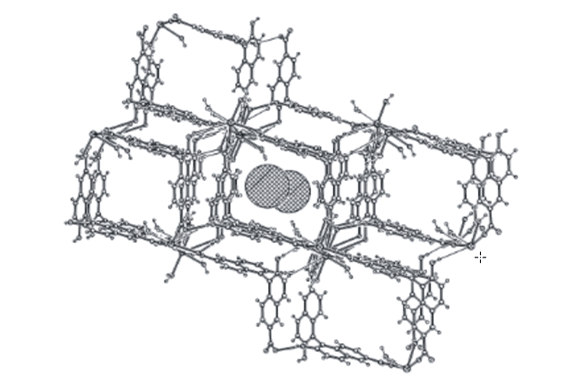
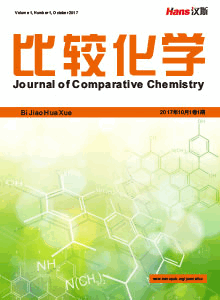
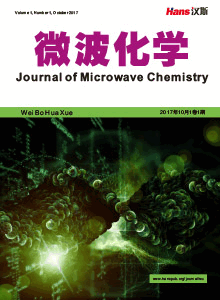





 京ICP备15050585号
京ICP备15050585号

